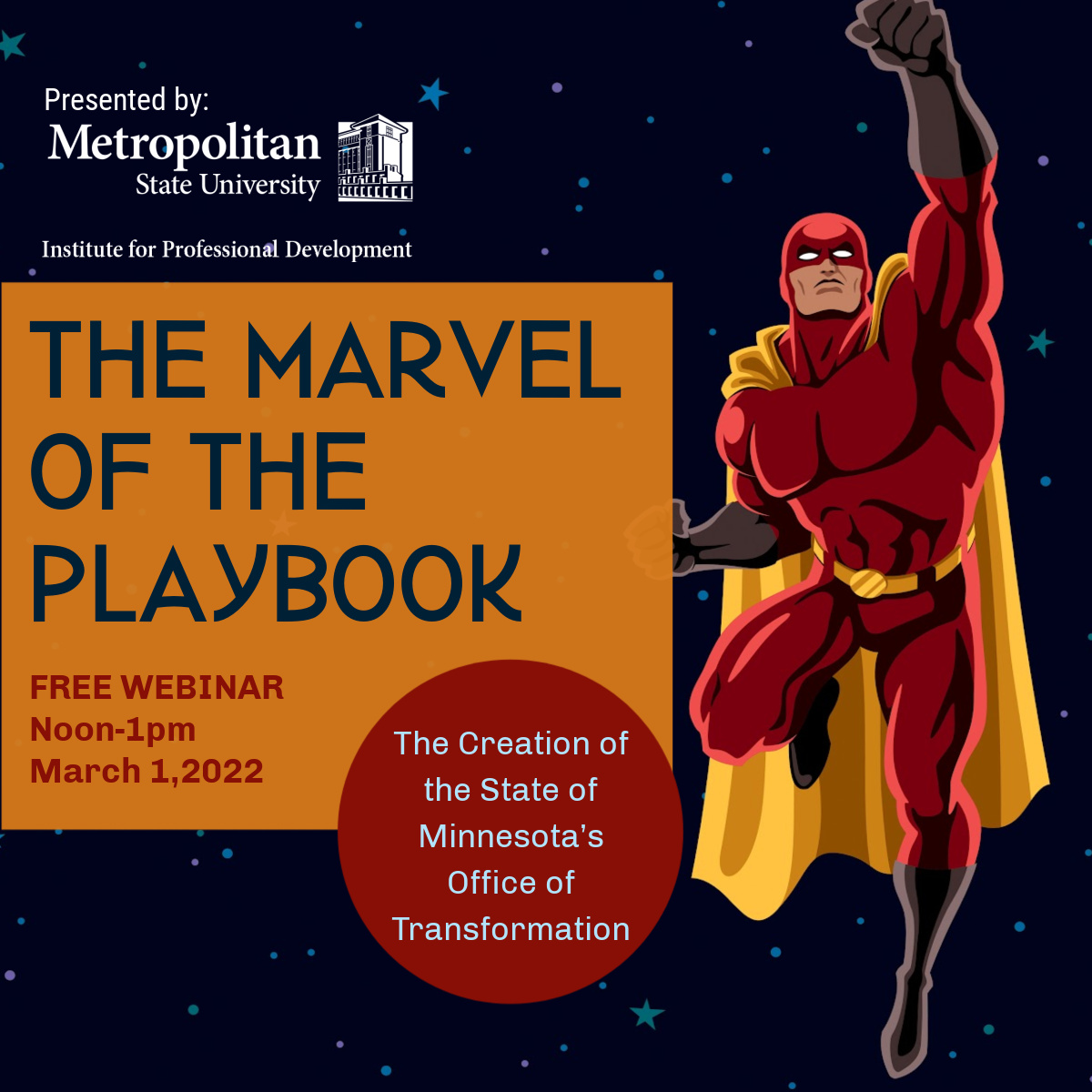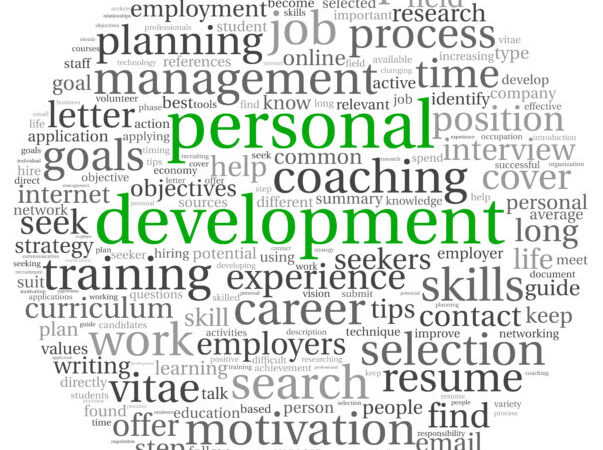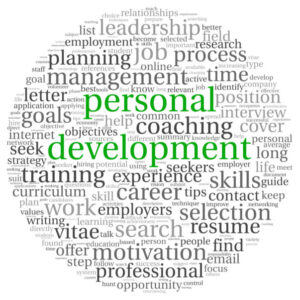Eyeshadow Can Change Your Life | A Workplace Blog
By Beth Schaefer
IPD Director
The Workplace Resolution Concept
It’s January, and the start of a new year, so the IPD January article focuses on the New Year and the resolutions or fresh starts that come with it. To freshen up the article idea, I decided to take a different approach and focus the article on workplace resolutions. A quick search on the internet showed me I was not the first to take this “fresh approach” (You can scroll to the end to see the lists I compiled).
Even as I am encouraging you to set a workplace resolution and pondering my own, I wonder if I need the extra stress of a resolution. Isn’t the workplace already filled with deadlines, goals, benchmarks, and KPIs?
The Eyeshadow Resolution
And, then I think of the year of the Eyeshadow Resolution: my most successful resolution ever that occurred about 10 years ago. I was at a New Year’s Day brunch and pressed into sharing a resolution- which I tend not to make or share, but with excessive badgering, I stated that I would resolve to wear eyeshadow every day.
The year of the Eyeshadow Resolution was the year that I lost 60 pounds.
I always laugh at that result and explain it as a fluke, but while researching workplace resolution lists, I came across an article that explained why the Eyeshadow Resolution was so successful. To summarize the research: use your resolution to change your process, not set a qualitative number with a deadline.
The Process Resolution
At the time, the eyeshadow goal served the purpose of keeping people from being in my business, but I had fallen into a bad habit of not getting out of bed when the alarm went off. Occasionally, I got up on time to get fully ready for work (back in the day when you traveled outside your home to the office and wore a matching top and pants and makeup). Instead, I hit the snooze button and eliminated parts of my morning routine with each button tap. Not wearing makeup was the first elimination so I could sleep 10 more minutes, followed by other options such as not eating breakfast or not packing a lunch.
By resolving to wear eyeshadow each day, I had to quit hitting the snooze button. To quit hitting the snooze button, I had to go to bed earlier so that I was less tired in the morning. To be less tired and get a good night’s sleep, I had to be sleepy at bedtime. To be sleepy at bedtime, I started doing more exercise and activity. The Eyeshadow Resolution led to a change in my sleep process which led to overall positive changes for my daily routine that included: activity, sleep, breakfast, and packing lunch.
The Resolution Frame
A resolution is a big-picture change. While it offers intent, it does not provide a plan.
A goal is a measurement. While it offers a concrete pass/fail measure to a resolution, it does not provide a plan.
A process resolution is the key to achieving a goal and a resolution because it contains the first (of perhaps many) concrete steps to change.
To frame a resolution as a change in process is easier said than done, but if you are in a resolution rut, this may be the lens for you to reframe and achieve a goal. I have taken some of the workplace resolutions I found and attempted to frame the process to help get you started.
The Final Notes
At the time of publication, I am still pondering my process resolution goals for both my personal life and my workplace.
In full disclosure, during the past 3 years, I have gained 30 of the 60 pounds back. Since I work from home and mostly adopted a default routine during the pandemic, it is probably time for me to make an intentional process resolution on my work-from-home routine.
The positive of any resolution is that while we mostly feel that we fail, research provides proof that we do not.
- Even though 43% end their resolutions by February, that leaves more than half who are still forming a new habit after the first month.
- New Year’s resolutions are 10 times more likely to succeed over other methods of change.
- You cannot win if you do not enter. 8% of people fully achieve their resolution. You can be part of that 8% – especially if you are smart about the resolution framing.
I wish your process resolution success in in 2024.
The References
4 Reasons to Make New Year’s Resolutions Even if You do not Keep Them
5 New Year’s Resolutions for Work in 2024
10 Meaningful New Year’s Resolutions for Your Office
30 New Year’s Resolutions that will Inspire You at Work
New Year’s Resolutions at Work Can Work













